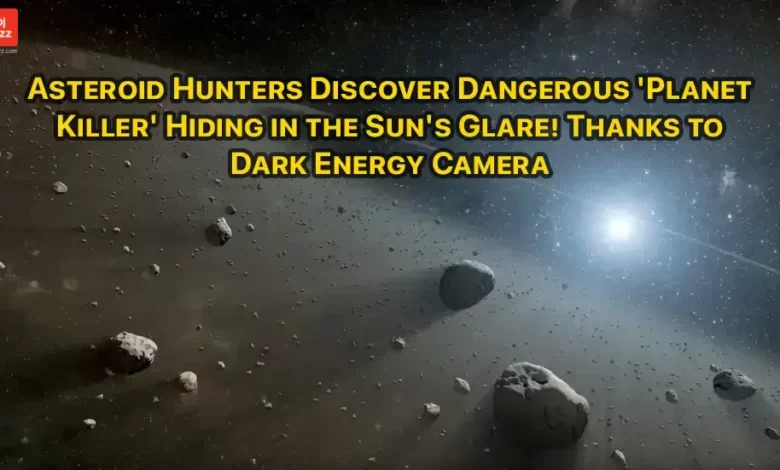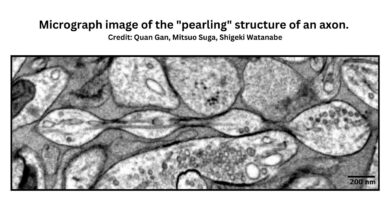Asteroid Hunters Discover Dangerous ‘Planet Killer’ Hiding in the Sun’s Glare! Thanks to Dark Energy Camera

Asteroid Hunters Discover Dangerous ‘Planet Killer’ Hiding in the Sun’s Glare! Thanks to Dark Energy Camera. Throughout the history of space, many asteroids have come close to or even hit the Earth, and many more will do the same in the future.
Even though we’ve heard about asteroids many times, we’re always on the edge of our seats when one gets close. After all, there’s always a chance that a huge planetoid will crash into Earth and destroy it.
But this is why space agencies and astronomers are always looking for the next asteroid that might cross the Earth’s path.
During one of these surveys, astronomers at the Cerro Tololo Inter-American Observatory in Chile used the Dark Energy Camera (DECam) to find three near-Earth asteroids (NEA) that were hiding in the light of the Sun. The names of these space rocks are 2022AP27, 2021LJ4, and 2021PH27.
The 2022AP27 is the one to worry about the most. It is 1.5 kilometres across, making it the biggest space object found in the last eight years that might cross the Earth’s orbit.
So far, only two of these huge asteroids with a diameter of more than 1 kilometre have been found. But it’s possible that more are hiding in the dark.
The other two, 2021 LJ4 and 2021 PH27, are in good places. But the second one might be interesting because it is the asteroid that is closest to the Sun. It has a surface hot enough to melt lead.
Asteroids that are farther from the Sun are easier to find. The hard part is finding asteroids that are close to Earth. This is because rocks like these that are in the inner solar system, between the orbits of Earth and Venus. Tjey are hard to see because the sun’s rays make the background so bright.
Astronomers only have two 10-minute windows a day during twilight to catch these tricky rock bodies because of where they are. Ironically, the thick layer of Earth’s atmosphere makes it even harder to see them because it makes them look distorted.
Scott S. said, “So far, we have found only about 25 asteroids with orbits that are completely within Earth’s orbit.” Sheppard, an astronomer at the Earth and Planets Laboratory of the Carnegie Institution for Science. This is because it is hard to see things near the Sun.
But the astronomers are ready for the challenge, and the NOIRLab’s Dark Energy Camera will help them. Researchers have been able to get deep and wide images of faint space objects with the DECam. It was also used to find the three NEAs mentioned above.
With this precise technology and the recent success of NASA’s Double Asteroid Redirection Test (DART), our planet’s defence is ready for any future impacts.
The study came out this week in The Astronomical Journal, and you can read it here.
Also Read:
Behave of Brain – Neuroscientists uncover how the brain maps behavioral sequences
Self-Transformation, Self-Development, Process, Techniques
Follow us on:
Click here to go to the Homepage
Keep Tuned with mojbuzz.com for more Entertainment
Note: Denial of accountability! MojBuzz.com is a computerized aggregator across the world of media. All of the content material can be found free on the Web. We have now simply organized it in a single platform for academic objectives solely. In every content material, the hyperlink to the first supply is specified. All emblems belong to their rightful homeowners, all supplies to their authors. If you’re the proprietor of the content material and are not looking for us to publish your supplies on our website, please contact us by e-mail – help@mojbuzz.com. The content material will probably be deleted within 24 hours.




